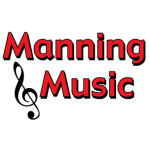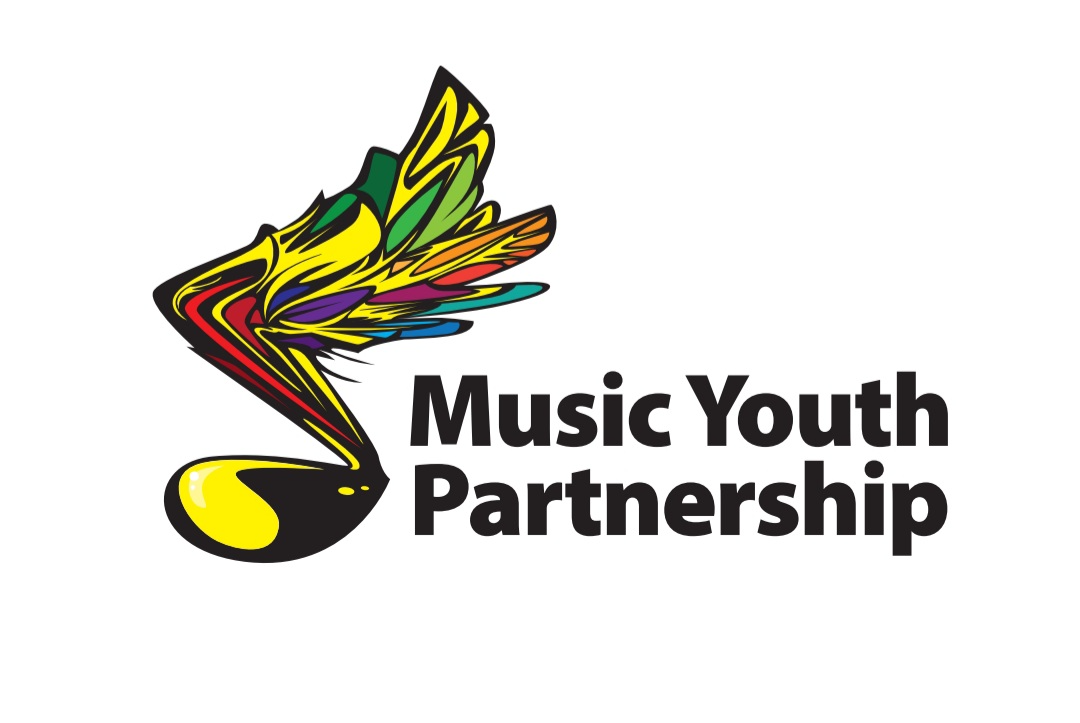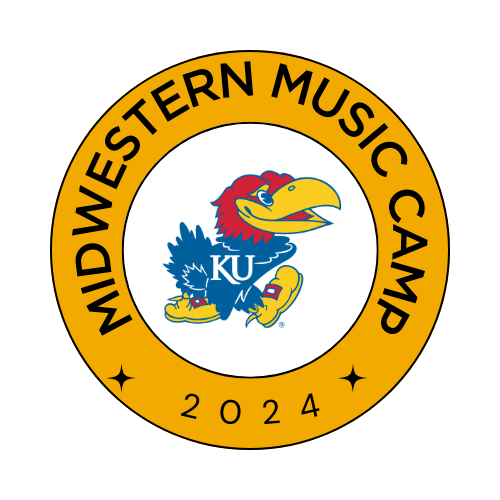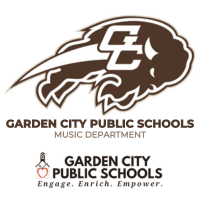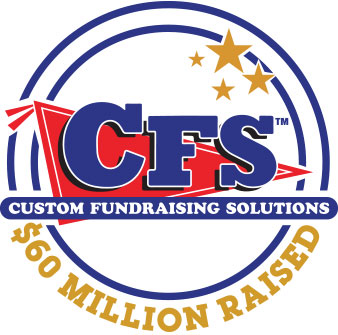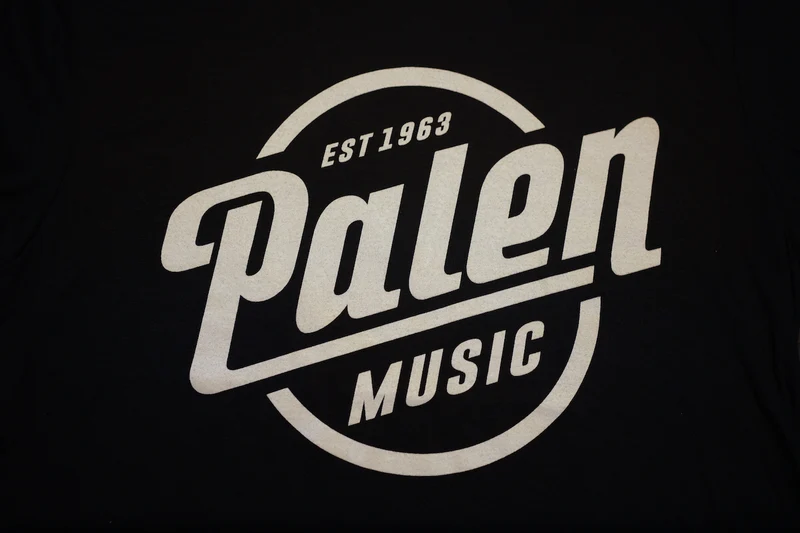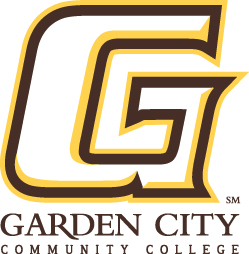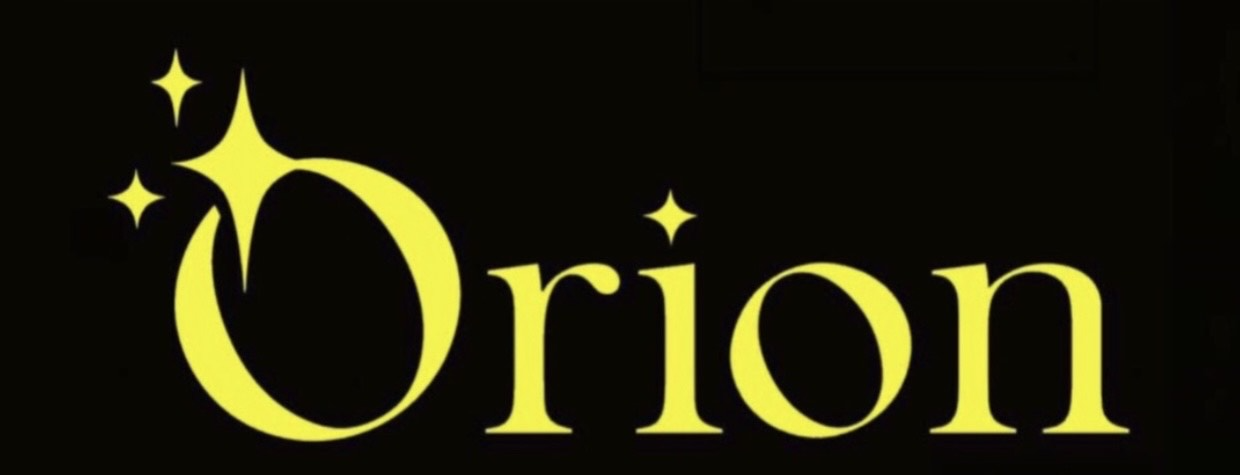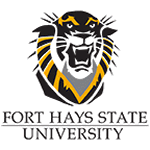
Technology! It can be both a blessing and a curse for music teachers. Since the Tanglewood Symposium in 1967, MENC (and later NAfME) has listed the use of technology in the classroom as an area of focus in teacher development. It has been an important area of concern for so long because, as we learn to use new technologies in our teaching, newer technologies are developed. It never ends! Whether or not we are able to keep up, it is still important for us as teachers to continue to use technology to aid our students’ learning.
With my students at Wichita State, we look at technology as having four overarching functions for teachers:
- Teaching: Using hardware such as document cameras, or software like Auralia and Pyware or websites such as Youtube helps scaffold our students’ learning in multiple ways. Technology can be used to demonstrate concepts, provide specialized information, or provide models of exemplary musicians.
- Performing: From tuners and metronomes to sound systems, from electronic instruments to Garageband, there are many ways to help musicians improve the quality of performance. Tonal Energy has become a favorite of mine!
- Communicating: Sharing information with students, parents, colleagues, and the community is made easier through the use of social media, websites, and specialized texting apps.
- Organizing/Administrating: Aside from the typical grading and attendance software that all teachers use, music teachers must also keep track of large amounts of inventory, create music worksheets, re-write parts, create concert programs, and do a myriad of other chores that require a degree in administration as well as a teaching license.
Simply put, the learning curve is huge and none of us can utilize all that is possible. However, it is always great to add one or two new tools to your arsenal. With that intent in mind, this month I asked leading teachers throughout the state to tell us how they use technology in their job. Hopefully, you can gain one or two new ideas that will make you that much more effective in teaching your students. And, since this is December, maybe you will think of one or two new things to ask Santa to drop into your Christmas stocking!
Maranda Wilson, Wichita East High School Director of Bands
Wichita Public Schools Band Curriculum Coach
Communication: The Remind app (www.remind.com) is a group texting app that has changed the way I communicate with students. It is a free app to download, and students can “enroll” in classes by texting a code to a specific number. All phone numbers remain anonymous. I send quick texts to remind students to take instruments home, turn in assignments, pick up fundraising, etc. It is incredibly helpful when we are traveling to be able to send a quick text to remind students when and where to meet. You can send pictures or files, and you can make it so that students can respond.
Recording: The Zoom H2n is a digital recorder with great recording quality for not very much money. We have several of them and I use them to record playing tests, rehearsals, and concerts. The students check them out if they need to record college auditions. They are very handy and very simple to use.
Software: Musescore is a free music notation program found at musescore.org. I use it to write out warm ups or parts, and I encourage the students to download it if they are doing any kind of music writing.
Nina Kindt, Wichita OK Elementary Music Teacher
As a non-title, non-magnet school, we have a very limited budget for technology. So, my access to technology is limited to my laptop, a projector and Smart (interactive) board, and a document camera. I mostly use technology for creating and displaying visuals, using as much interactive visuals as possible, though the new disconnect between Windows 10 and Smart 17 has put a lot of my interactive files out of rotation.
As an elementary teacher certified in the Kodaly philosophy, the visual component is truly essential for solid musical literacy. I make my own visuals to prepare, present, and practice concepts, mostly using Microsoft Power Point and Publisher, for projecting on the Smart board and for individual reading/writing/creating practice on paper. When time is short, I also purchase pre-made visuals to either project or print from Teacher-Authors on the Teachers Pay Teachers website. There are some high-quality products being put out, and while I could make most of the same products, being able to make a quick purchase is very handy.
I have found my document camera to be VERY helpful at all elementary grade levels. Whether I am helping kindergarten and first graders do a writing activity, or helping a new choir of singers find their way around a choral octavo, the document camera is indispensable. Having it connected to a docking station allows me to switch between projecting a Power Point and projecting a worksheet at the touch of a single button!
When the technology goes down, we quickly find out how essential the simplest technology is to our classrooms!
Jane Vanderhoff, Garden City Choirs, retired
I like to use a foreign language dictionary app in voice lessons – the sound feature is useful in confirming questionable pronunciation…
Other than that, I enjoy learning from the younger crowd…
Kelly Knedler, Dodge City Choral Music and Musical Theatre Director; KSTeacher of the Year Semi-Finalist, 2017; NFHS Outstanding Music Educator, 2016-2017; KMEA Advocacy Chair; Executive Director, SW KMEA
I love technology in the classroom…BUT, I have found one thing is quite common and ironic: The more ways we have to communicate with our students and parents, the chances students and parents have to ignore what you are communicating. A quick story…Let’s say we have a due date for a fundraiser. I will tell the students in class each day of the due date. I will email each student the due date. I will send them and their parents a “Remind” and occasionally I will mail a letter home too. It is unbeleiveable the number of students who ask, “When is the due date?”
Jennifer J. Antonetti, Topeka Robinson Middle School Director of Bands,
2015 KBA Outstanding Young Band Director
Some of the technology that has helped me the most in my classroom, have been very simple things. For example, I use an iPad linked to projector to project a countdown clock at the beginning of each class for a 5-minute setup time. With the schedule on the board, I always start the class with scales, so when the countdown clock hits 00:00, we start playing. This ensures that students always have the same amount of time and the same expectations, which builds consistency. I also use the projected timer when I catch myself saying things like, “Let’s take about one minute to finish…”, which also ensures that I keep myself honest to a real minute of time rather than guessing and getting distracted.
I have also had success playing GarageBand loops while students are playing through scale warmups. Students enjoy the “weird” rhythmic patterns, back beats, and the randomness (i.e. novelty) of playing the Concert B-flat scale with a 60s Shuffle Time (or something equally unfamiliar) keeping the tempo rather than a metronome. Have different students choose different loops. It could be used as a reward as well. Additionally, some of the genres of loops can lead to great class discussions on different genres of music with which students might be less familiar.
I also use Decide Now! or Spin Da Wheel to decide things for the class such as “which section is performing the playing test first?” Again, I use the iPad to project the wheel because students like seeing the animation, and the students also get to have that bit of anticipation and healthy anxiety. I like using these randomizers, because especially in playing test situations, it takes the director out of the decision-making process and eliminates the favorites etc. The wheels are customizable in terms on numbers of wedges, labels, and colors. If you use a free app like Spin Da Wheel, do note that there are oftentimes ads that appear after you use the spin function. Have the projector remote handy with the placement of “mute screen” function memorized (learned from experience on this.)
One thing that has been valuable to me as well has been a document camera. I love using the document camera to project 3-dimensional objects or to demonstrate how to mark music or write in counts, see how parts fit with other parts in a score etc. My document camera allows me to do demonstrations, zoom in and out, write on papers, and be projected so that the entire ensemble can easily see. This ensures that my ensemble marks music, writes in counts, etc. exactly as I want and expect them to do.
Additionally, I sometimes use a notes app (through the projector) to draw symbols for students or to explain certain concepts. I can use different colors, lines, shapes, and erase. I have found some music theory sites, flashcard apps, and note-reading/fingering chart apps that are helpful for students; there are several. Of course YouTube is invaluable (as long as you preview the videos). I show pictures/images to go with the music that we perform. For example, rather than explaining a silhouette recently, I did a quick google image search and found a perfect picture to go with the concept that I was teaching. Using technology in the music classroom really helps to reach the visual learner in a mostly aural and kinesthetic environment.
Damian Johnson, Eudora Director of Bands
President, Kansas Bandmasters Association
In my classroom, I always record the band when they play. I use a Zoom recorder, which records onto an SD card which I can either play from, or take to my computer and download the file to iTunes. Having the students listen to their recordings is one of the best ways I have found to evaluate rehearsal and performances. We also listen to music recordings in class a lot. I have found that a bluetooth receiver helps so that I am not always “hard-wired” to my stereo. The range on the bluetooth receiver varies, but it’s much easier than plugging into the stereo, especially if it’s across the room.
Jordan Brown, Wichita South High School Band & Orchestra Director
2016 KBA Outstanding Young Band Director
I’ve discovered I can put the tuner app on my cell phone under my document so it’s projected up on the smart board. Then everyone can see the tuner as we go down the line. (I know, I know, I don’t like to rely on the machine for intonation, but it’s a neat learning tool.) I’m also excited for the document camera for projecting rhythm sheets without making copies and wasting paper, and showing the band the score so they can see how their part fits in, just as starters. It’s basically a glorified projector, but it’s a pretty neat tool I haven’t seen in a lot of band rooms.
Kris Brenzikofer, Pomona-West Franklin Schools
KMEA Special Needs Co-Chair
I have been using Google Classroom for the past two years for all my classes and I love it! Students have weekly journal entries or questions to answer. The journal entries can cover everything from self-assessments, research on the pieces we are performing, history about composers, basic music theory, or other questions to get them thinking about the role of music in their lives. The questions are things others in the class can see so it is a good opportunity for them to share their favorite music with others or have discussions about different topics where they can respond to their classmates.
I have students submit playing/singing assessments through Google Classroom as well. For choir and the younger bands we often record all at the same time during class. Students spread out around the room and play or sing at the same time while recording themselves on their Chromebooks. We use an extension called Screencastify for them to record. Screencastify will allow the students to save their video directly to their Google Drive. Once the playing tests are submitted I use Google Sheets with the add-ons Doctopus and Goobric which allows me to mark the rubric while viewing the video in a split screen. By having the videos in their Drive, students also have an informal portfolio of their work throughout their years in music classes.
Julie Linville, Andover Wheatland Elementary Music Instructor
Performing Arts District Co-Team Leader
Google Classroom is a tool I am using for student reflection, providing individual feedback, communicating with students, and nearly any task that would have previously been given on paper. My second through fifth graders complete a reflection sheet after each performance assessment (singing, performing rhythms, improvisation, etc) which asks them to identify a criteria from my scoring rubric for the task they could focus on when practicing and a write a plan for improving in that area. I then add my rubric marks for each “paper” and write individual comments when appropriate.
I can also post questions for an online discussion. Some students who are reluctant to talk in front of others are more comfortable participating online. Since I am fortunate enough to have a classroom set of Chromebooks dedicated to my room, I can even have such discussions during class. Students are more engaged because they can all be responding at the same time rather than having to talk one at a time.
Flipgrid is an online video app that has been a hit with students. With the free version, teachers can set up one class where students can upload playing test videos (or any other purpose you might have for having students create videos.) As a teacher, I can view the video, assign a score, and provide written feedback. It is very quick and user friendly. With the paid version, teachers can set up multiple classes, have more options for the length of videos students can create, and change the rubrics already set up. Students can access the app through the computer website or download the free app to a smart phone or tablet.
Katie Topp, Sabetha Director of Bands
2016 KBA Outstanding Young Band Director
The technology that I really love is Musescore. It is free notation software that is very much comparable to Finale and Sibelius (in my humble opinion). I use it to rewrite parts, rearrange music, write all my warm ups, and (try to) compose. I love teaching my students how to use it as well. I told the middle school computer teacher about it, and he was thrilled to help me download it on all our lab computers. With the way my schedule works, I have only been able to teach Musescore to my middle school students (6th, 7th, and 8th), but it has been a wonderful way to enrich my curriculum. I go through a few different units throughout the three grade levels including writing out all their scales and arpeggios, writing chords and chord progressions, composing, and arranging. Musescore is a great tool for reinforcing students’ music theory knowledge and allowing them try their hand at composing and arranging.
I also use Screencast-O-Matic and YouTube to create and share help videos and tutorials for my students and parents. I recently purchased a “Blue Snowball” microphone that has different settings for different recording environments (including voice and live music), and although it isn’t perfect, it has definitely improved the sound quality of my help videos and classroom recordings. I use it in conjunction with Audacity (free audio software) to tweak and edit my recordings.
For drill writing, I use an iPad app called Drillbook Next. It was about $10 when I purchased it a few years ago, and it works perfectly for my small marching band needs. It’s no Pyware, but it shows movements between sets and has some features that make it more helpful than hand-written drill. It can be purchased for student devices, but only I have it on my iPad. I write my drill on it, take screen shots, and send them to students from there, either as digital drill or paper drill.
Hilary Morton, Lawrence Free State High School Director of Choirs
I think technology has impacted the choral room the most by the use of sightreadingfactory.com. We pay $30 for a year-long membership to use each and every day in the choral classroom. We can generate sight reading exercises based on our weaknesses, read unison, or 4 part. Many of my students have also purchased a membership and practice their sight singing regularly at home with this wonderful resource.
Bill Thomas, Shawnee Mission West High School Director of Bands
Kevin Hupe, Assistant Director – video editing master
When trying to clean a marching band show, it can be difficult to clean from the perspective of the judges at competitions. Some schools can use their home football stadium, but even then, it may not be as tall as the big university stadiums such as KU or K-State. Sometimes the director may not have a home field and must resort to a scaffold, or ladder and hope for the best. After lamenting with my assistant director, we began to discuss the purchase of more scaffolding, but he had a better idea – how about purchasing a drone? I thought it a cool, “nerdy” idea – right up my alley.
We purchased a DJI Phantom III with built in high definition camera for about a thousand dollars. There are some cheaper and some more expensive options for consideration. It is controlled via iPad or iPhone (or other Android devices). It can fly for 20-25 minutes on one battery charge. Video can observed real-time on the iPad or can be recorded to show the students on a TV or projector as soon as returning to the band room – no editing or waiting.
If a picture is worth a thousand words, video must be worth a million! After recording a full run through this past season, my assistant edited the footage overnight to include the drill charts at key places in the drill so the student could compare what they had performed with what SHOULD be happening! PRICELESS! For less than the price of most band instruments, we now have an incredible tool to clean marching band drill!
Steve Oare, Wichita State University
Editor, KMR
My turn! As an instrumental music education professor, I’ve used many of the apps and hardware devices listed above. Here are a few more ideas that may be of use. . .
- Use your phone! I teach instrumental techniques to our undergrads. We spend a lot of time looking at embouchures and playing position, making sure my students know what to look for when they’re teaching novice instrumentalists. I have them use the camera app in their phones to provide instant visual feedback. When I was a young teacher (long before the iphone, ipod, or i-anything) I always used a hand held mirror to let my students see themselves. The camera app does this AND records the visual for further reflection.
- Use your phone review your own teaching. I have our peer teachers video record themselves using their camera app. As they teach, I monitor their phone and add comments in the background. This provides great feedback when they write their reflections.
- Use your phone as a cheap document camera. I link it to the classroom projector using the VGA chord and a dongle and then set my phone on a music stand just above a table. In this way, I can project scores or documents onto a screen and we can work on the material together.
- SmartMusic! This incredible program became available on cd while I was teaching middle school band. I had a number of beginning students purchase the program to use at home and found that they benefitted tremendously both in the fluency of their playing AND in their sight reading. There needs to be some more serious research in the effect of that green cursor that follows along with the music on the reading development of novice students. From my experience, I’m certain it has a great impact.
- Flip your classroom! I’ve just begun using this idea in some of my courses and it is working well. The basic idea is that I can record lecture-type teaching and ask students to watch it outside of class on their computers or smartphones. Then, when they are in class, we are able to do activities that require more critical thinking and collaboration. It simply makes sense to do the lower level thinking, such as listening to lectures, at home and save the higher level thinking for the classroom when the teacher is there to help. In secondary schools, I can imagine the opportunity for teachers to teach theory and history lessons that they don’t have time for in class, which will allow them to use class time to use that information to inform performances of their music.
- Students with physical disabilities can be helped a great deal using technology. There are many percussion instrument apps for iPad that can allow students to contribute to an ensemble. In fact, some schools have created iPad ensembles.
- Youtube is a great way for students to hear models of pieces they are learning to perform in their ensembles. This is, in effect, a musical version of the flipped classroom. As a guest conductor for honor bands, I now ask students to watch videos I have provided before they come to the first rehearsal. Students now come to their first rehearsal with a good understanding of how the music fits together and we can get right into the interpretive aspects of the rehearsal. These videos can also serve as a great opportunity for teaching to be critical in their listening. In the past, I have asked students to evaluate performances found on these videos to show them what not to do as we prepare pieces.
- I found a great app while watching my son on the baseball field. Coaches Eye is a video program that allows you to watch performances in extreme slow motion and compare two videos of people doing the same action. This is a great tool for observing a the bowing of an expert violinist compared to a student playing the same excerpt or comparing two students demonstrate marching techniques.
- Finally, my students love to use mindmaps as they analyze all the factors involved in a topic they study. I have found Simplemind to be a great app for this. We have used it to analyze all of the teaching opportunities available within scores, to think about the factors involved in practice techniques, and to analyze the values of music education.
Technology, if used well, can be a great facilitator of learning for our students. When used poorly, it can get in the way. With a life-long learner mindset, we can continue to find ways to use technology to improve our teaching, enhance our performances, facilitate communication, and organize our administrative tasks, thereby increasing the quality of our teaching. Though we don’t have the time to learn all of the technology available for teachers or the money to obtain it all, simply incorporating one or more of the ideas in this article could potentially make a difference in the lives of our students.



